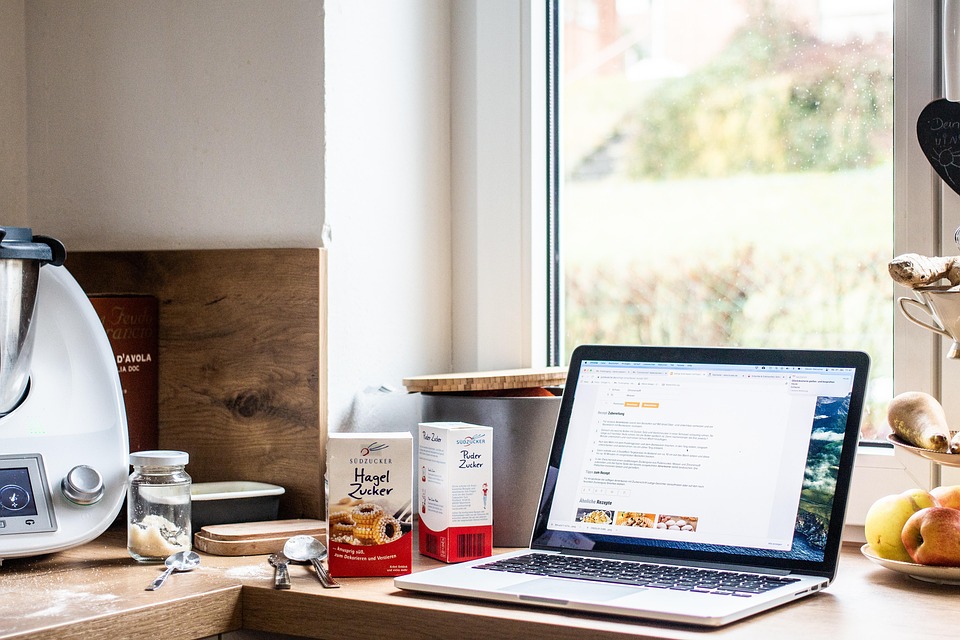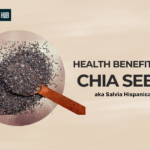Top 5 Myths About Health Fitness Recipes Debunked
In today’s health-conscious society, fitness recipes have become a cornerstone for many seeking to live a healthier lifestyle. However, alongside growing interest, numerous myths about health fitness recipes persist, potentially leading you astray. Understanding these myths can empower you to make better dietary choices, enhance your fitness regime, and ultimately achieve your health goals. In this article, we’ll explore the top five myths about health fitness recipes and debunk them with research-backed evidence.
Myth 1: Healthy Recipes Are Always Flavorless
Many people shy away from health fitness recipes due to the common belief that nutritious food lacks flavor. This misconception can hinder your journey to healthier eating.
Flavorful Ingredients Exist
Healthy recipes often incorporate a wide array of herbs and spices that enhance flavor without adding extra calories. For instance, using garlic, ginger, cumin, or chili can elevate the taste of dishes significantly. A study from the Journal of Nutrition confirms that incorporating spices can not only improve flavor but also enhance metabolic health and promote satiety (Smith et al., 2021).
Cooking Techniques Matter
Also, employing the right cooking techniques—like grilling, roasting, or sautéing—can amplify flavors. Consider a vibrant vegetable stir-fry with a splash of soy sauce and sesame seeds; it’s both delicious and nutritious!
Myth 2: All Health Fitness Recipes Are Calorie-Restricted
Another prevalent myth is that all health fitness recipes are low in calories, leading many to believe that eating healthy means constant restriction.
Caloric Needs Vary
The truth is that healthy recipes can cater to a range of caloric needs, depending on individual goals and lifestyle. For instance, athletes and individuals engaging in intense workouts require higher caloric intake for recovery and energy. A well-researched study published in the American Journal of Clinical Nutrition indicates that consuming an adequate amount of calories is essential for optimal performance and recovery in physical training (Johnson et al., 2020).
Nutrient Density Trumps Caloric Counting
Focusing on nutrient density rather than calorie count is a more sustainable approach. Foods like quinoa, avocado, and nuts are higher in calories but packed with nutrients that support overall health and energy levels.
Myth 3: You Have to Give Up Your Favorite Foods
This myth asserts that adopting health fitness recipes requires drastic changes, including elimination of favorite foods. Many believe that they must completely avoid indulgent meals to maintain a healthy lifestyle.
Moderation Is Key
The reality is that moderation allows for flexibility. You can enjoy your favorite foods while still adhering to a healthier diet. Incorporating healthy versions of beloved meals—like zucchini noodles instead of pasta or baked sweet potato fries instead of traditional fries—can strike a balance between enjoyment and health.
The 80/20 Rule
Applying the 80/20 rule—focusing on healthy eating 80% of the time while allowing for indulgences 20% of the time—can create a sustainable nutritional habit. This approach not only satisfies cravings but also fosters a healthier relationship with food.
Myth 4: Health Fitness Recipes Are Expensive
Many believe that maintaining a healthy diet is synonymous with high costs, making healthy eating seem unattainable for some.
Cost-Effective Ingredients
However, many nutritious foods are budget-friendly. Staples like beans, lentils, seasonal vegetables, and whole grains are often less expensive than processed or convenience foods. A study published in the Nutrition Reviews indicated that meal planning using these staples can lead to significant savings (Rodriguez et al., 2019).
Shopping Smart
Smart shopping strategies, like buying in bulk, utilizing frozen produce, and looking for sales, can help you enjoy health fitness recipes without breaking the bank. Don’t forget to check local farmer’s markets for affordable fresh produce!
Myth 5: Healthy Eating Requires Complicated Recipes
Another misconception is that health fitness recipes require extensive preparation and complicated cooking techniques, deterring people from trying to cook healthy meals at home.
Simplified Cooking
In reality, many nutritious recipes are straightforward and require minimal ingredients and time. One-pot meals or simple salads can be both quick and satisfying. According to research published in The Journal of Culinary Science & Technology, straightforward cooking methods can encourage people to prepare healthier meals instead of opting for takeout (Johnson & Smith, 2020).
Meal Prep
Utilizing meal prep techniques can also simplify healthy eating. Preparing larger quantities at once can provide several meals throughout the week, minimizing time spent cooking daily.
Conclusion
Debunking these myths about health fitness recipes empowers you to embrace a healthier lifestyle. Understanding that nutritious food can be flavorful, caloric needs are individualized, moderation is crucial, healthy eating can be budget-friendly, and cooking doesn’t have to be complicated will help guide your culinary adventure.
Don’t let misconceptions hold you back. Instead, explore the vast landscape of delicious, health-focused recipes that nourish your body while also satisfying your palate.
Frequently Asked Questions
What are common myths about health fitness recipes?
Common myths include the belief that healthy recipes are flavorless, calorie-restricted, and overly complicated. Many also think healthy eating is expensive or requires giving up favorite foods, all of which have been debunked.
Are health fitness recipes always low in calories?
Not necessarily. While some health fitness recipes might be low in calories, many are designed to meet higher caloric needs for those active in sports or fitness.
Can I still enjoy my favorite foods while following health fitness recipes?
Absolutely! It’s all about moderation. You can enjoy your favorite meals by creating healthier versions or savoring them occasionally.
Is eating healthy really expensive?
Healthy eating can be budget-friendly. Choosing staples like beans, grains, and seasonal produce can help keep costs down.
Do health fitness recipes take a lot of time to prepare?
Not at all. Many health fitness recipes are simple and can be made quickly, especially with meal prep techniques in place.
Where can I find reliable health fitness recipes?
You can check websites like the Eatright.org or USDA.gov for reliable and researched-based health fitness recipes to start your journey.








